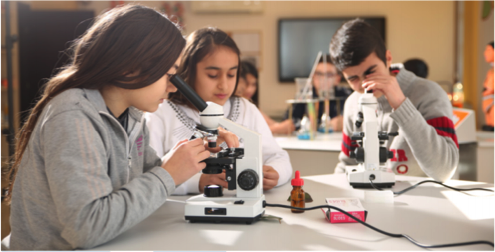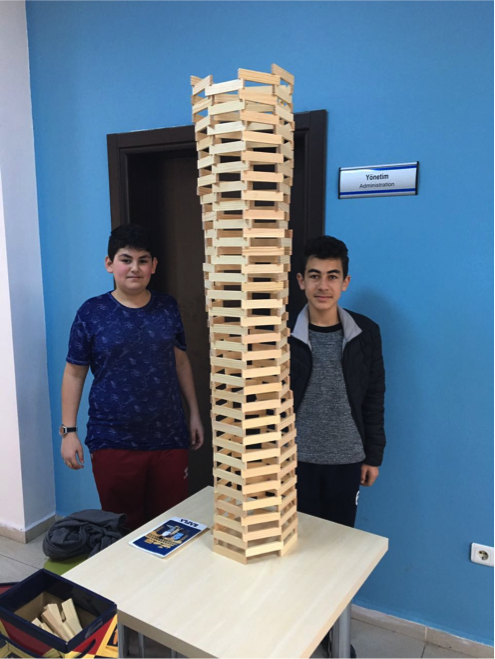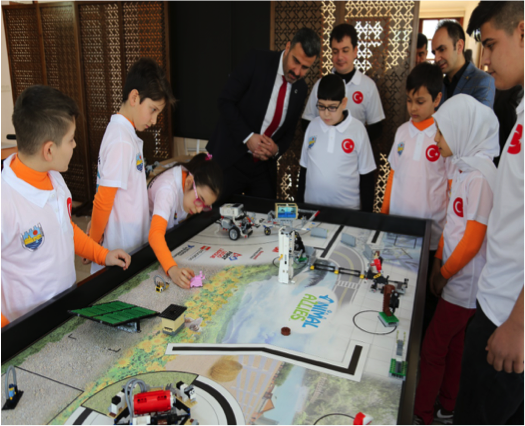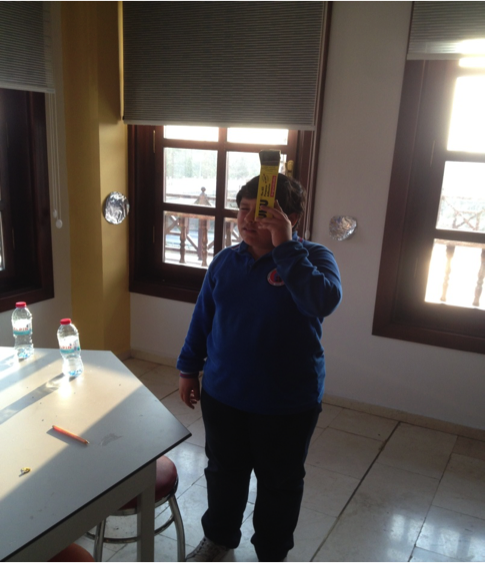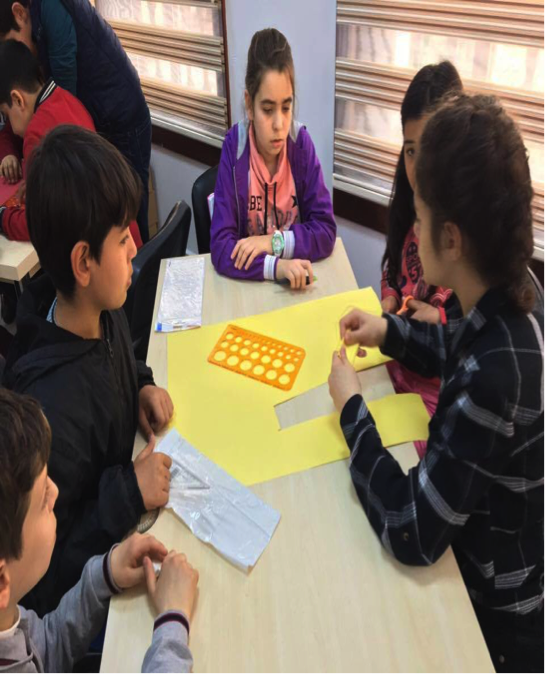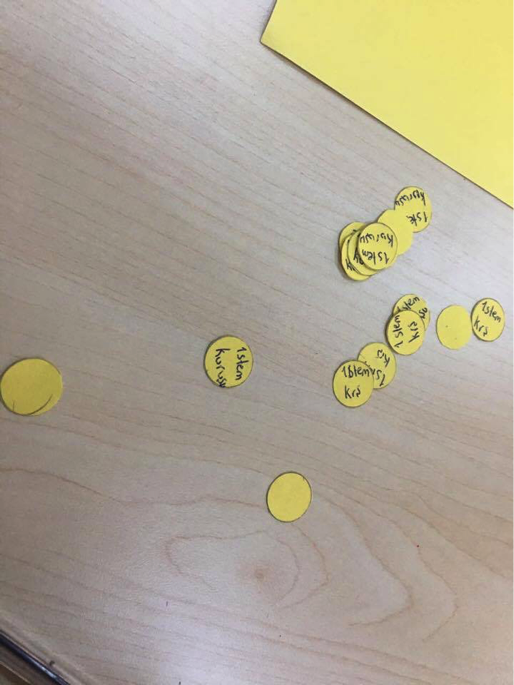by Teslime Kagar and Cem Kagar
We love hearing from the community members, sharing their inspiring stories. This time we would like to take you to a beautiful small town called Payas, in Hatay (Antioch), Turkey. What makes Payas special is the work of the local council, who have focused on providing educational opportunities to reduce inequality amongst the young people and children within their community. Payas council opened their STEM centre to help children especially those coming from disadvantaged backgrounds to develop 21st century skills. They have highly qualified teachers, helping children develop transferrable skills that are vital for both learning and employability.
The story of PAYAS Stem Centre
The key person who made it possible fort the STEM centre to open is the mayor of the city, Bekir Altan. He attended training sessions at Harvard University in politics and whilst he was completing his training he decided to complete a reserach on STEM education in the US. He concluded that STEM learning would help children develop skills that are vital for learning in both school and life. He also noted that these skills were a must for the jobs of both today and the future. He shared his thoughts with teachers from local schools and suggested that they should look into ways that they could provide children and young people with STEM learning opportunities. The team of teachers from local schools undertook research to find out about the impacts of STEM education on children’s learning, challenges and issues around designing STEM learning experiences. They shared their report with the mayor of Payas, and he directly asked them to design the STEM centre. In November 2016 they opened the first STEM centre that was funded directly by the local council to rpovide free STEM workshops for children and young people. Their aim is to provide inclusive education for all and for this they work colloboratively with experts to support children with SEND. They organise workshops in many different areas, using a wide range of tools. For example they run Lego robotics workshops for children and the mayor was very impressed with Berat Mustafa Izgi’s work in this area. In February 2017 children from the Payas STEM centre took part in a Turkey wide Lego competition and in April they went to Silicon Valley for an International Robotic competition and received the Judges special prize for their excellent work.
 When we look around the World, we see that the importance of STEM learning is mainly understood and valued in developed countries. We need to act quickly and provide our young people with the opportunities to develop STEM skills that will help them with their learning both at school and in life and also with their employability. This would also contrubute to the country’s economy. At Payas council, in our STEM centre we aim to help children to develop the knowledge and skills that would inspire them to become future scientists by providing activities in the area of science, engineering, programming, brain games and astronomy.
When we look around the World, we see that the importance of STEM learning is mainly understood and valued in developed countries. We need to act quickly and provide our young people with the opportunities to develop STEM skills that will help them with their learning both at school and in life and also with their employability. This would also contrubute to the country’s economy. At Payas council, in our STEM centre we aim to help children to develop the knowledge and skills that would inspire them to become future scientists by providing activities in the area of science, engineering, programming, brain games and astronomy.
Students at Payas STEM Lab
One of the aims of Turkey’s 2023 development plan is to support high quality education programmes. This is also one of the EU’s 2020 strategy. Keeping this in mind, we aim to provide free STEM education, especially to girls and children from disadvantaged backgrounds, as we think that they are the future of Turkey and in order to reach the level of developed countries we need to prepare them for future opportunities and challenges. We believe that there is a relationship between, economy, development, and advancement in innovation and capacity to design & create technology.
Economy is based on information, therefore we need to educate the generation that will produce this information. For this we need to help them to develop transferrable skills that they can use for solving a wide range of problems. STEM education offers such an opportunity. We were inspired by Turkish scientist Prof.Dr.Aziz Sancar, who is the member of a team that won the Nobel prize. In Turkey he has been leading a Project called GIS ( Girls in Stem). His aim is to help girls in Year 6 to develop an understanding of global education, knowledge exchange and cultural interactions.
At our STEM centre we focus on; robotics, mathematical modelling, scientific inquiry, brain and vocabulary games. We use sensors, electronic circuits, 3d printers, Lego Mindstorms EV3 and many other engaging tools for teaching and learning.
In every century people have faced different problems. Scientific inquiry skill helps people to solve these problems not only in the field of science and mathematics but also in social sciences. Through our Project based learning approach we help our students to manage their learning process and design creative solutions collaboratively with their friends.
In robotics lessons students learn about:
- Digital literacy
- Coding
- Algorithms
- Electronics
- System design
- Team working
- Dijital design and animation
- Creating projects that will enable them to apply skills & knowledge from other subjects
- Product design and turning this into reality using programming skills
We cannot say whether we are educating the new Ibn-i Sina or Biruni, but we do know that we are cultivating curiosity and creativity in young learners. They are enthusiastic about learning through cross curricular approach and learning through making. We are delighted that we were able to establish this centre and set an example to other local authorities to take the inititive in education. There are incredible developments in Artificial intellegence and machines are becoming very clever for us. We need to be ready for this new era and this is only possible by educating the new digital makers generation.
Example activities from PAYAS STEM Centre
Developing Scientific Inquiry
In year 7, children focused on the mirror and light absorption and created a periscope. We first provided them with this information:
A periscope is an optical tool for making movement easier. In the past both the sea and land wars, if people couldn’t see their target from safe distance, they would use a periscope. Also technicians and nuclear engineers use periscopes when they observe a deangerous area. Periscopes are mostly used in submarines.
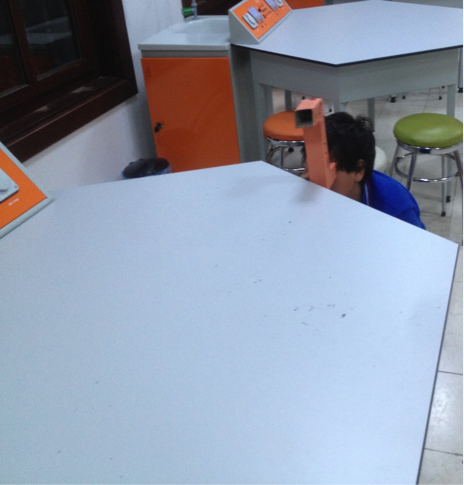 We then asked the children to design and create their own persicopes. They used mirrors and cardboard to create their own periscopes. In this activity they learned about scientific concepts but at the same time experimented with different materials in the process of designing and making a periscope. This inter disciplinary approach to learning allowed students to link their understanding of concepts from different subject studies to construct their new knowledge.
We then asked the children to design and create their own persicopes. They used mirrors and cardboard to create their own periscopes. In this activity they learned about scientific concepts but at the same time experimented with different materials in the process of designing and making a periscope. This inter disciplinary approach to learning allowed students to link their understanding of concepts from different subject studies to construct their new knowledge.
Learning to code through robotics
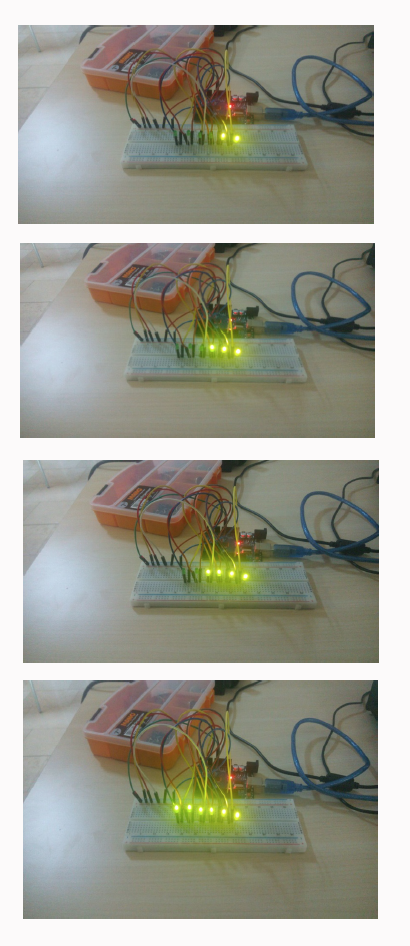 In this session with Year 7 children we created an application to model time, period and frequency. For this project we asked children to form a group of 3. We asked them to explain time, period and frequency. They used their lesson notes and the Internet to complete a research and form their answers. In groups they brain-stormed their ideas.
In this session with Year 7 children we created an application to model time, period and frequency. For this project we asked children to form a group of 3. We asked them to explain time, period and frequency. They used their lesson notes and the Internet to complete a research and form their answers. In groups they brain-stormed their ideas.
We asked them to create an Arduino application.
We provided each group with 6 led, arduino , breadboard and cables. We asked them to ensure that their application meets the following conditions:
- Place the 6 LED next to each other
- Each LED light should turn on 1seconds after another.
- After all the LED’s are turned on, the program should return to the beginning and repeat the process forever.
- They should share the jobs. One should do reserach, one should calculate, one should create the design and one should write the script.
- When they have completed the application, they should find the time period of the application first LED to last LED.
We gave students 40 minutes to complete the task. Apart from one group they all completed it successfully. We asked the group that had difficulties to find their error and debug it. They found that when they were writing the code, they forget to use ( ; ) and they also connected one of the cables to wrong place.
Mathematical Modelling
In this project Year 6 children were learning about decimals numbers. We asked them to complete an online research on the size of coins. We then gave them paper, scissors, and ruler and asked them to create coins (They called these STEM coins) at equal sizes. They then used these coins to shop from the STEM supermarket.
They completed their shopping and calculated the total of how much they spent in Turkish lira. They converted their STEM Money into Turkish lira. This allowed them to develop their understanding of decimal numbers in a daily life context.



